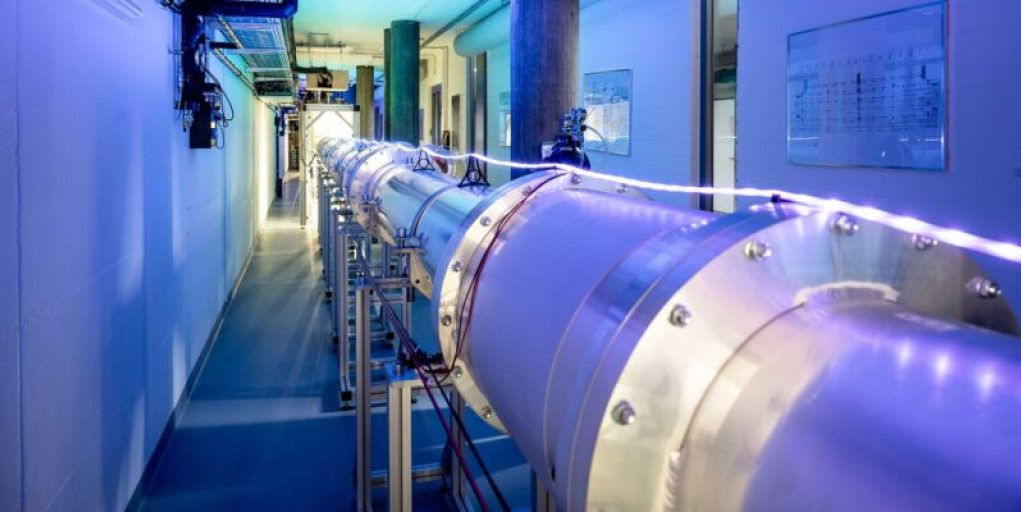In a groundbreaking experiment, superconducting qubits have shattered the notion of local realism in quantum mechanics. This means that two objects can behave as a single quantum system, no matter how far apart they are. While this isn’t the first experiment to prove this theory, it’s the first to do so with qubits separated by such a distance that light can’t travel between them during measurements. The experiment achieved this by cooling a 30-meter-long aluminum wire to just a few milliKelvin. The qubits are easy to control, providing a new level of precision to these types of measurements. This hardware setup could be crucial for future quantum computing efforts.
Albert Einstein was skeptical of quantum entanglement, which suggests that a pair of entangled objects would behave as a single quantum system, regardless of their distance. Einstein argued that this couldn’t be true, as it would mean that information was traveling faster than the speed of light. However, over the years, people have proposed various versions of hidden variables, which preserve local realism but don’t describe our reality. Physicist John Bell showed that all local variable frameworks limit the degree to which the behavior of quantum objects can be correlated. But quantum mechanics predicts that the correlations should be higher than that. By measuring the behavior of pairs of entangled particles, we can determine whether they violate Bell’s equations, and thus clearly demonstrate that hidden variables don’t explain their behavior.
While initial steps toward this demonstration were bad for hidden variables, loopholes remained. However, over the past few decades, these loopholes have gradually been closed, and Nobel Prizes have been awarded. The reason for returning to these experiments is partly because qubits give us a great deal of control over the system, allowing us to rapidly perform a large number of experiments and probe the behavior of this entanglement. It’s also an interesting technical challenge, as superconducting qubits are controlled with microwave radiation, and entangling them requires moving very low-energy microwave photons between them, without environmental noise interfering.
Albert Einstein’s theories revolutionized modern science, but it appears that even a genius can be wrong. After decades of research, scientists have finally confirmed that Einstein was incorrect on a fundamental aspect of quantum mechanics, using qubits that were 30 meters apart.
The result, achieved by an international team of researchers and published in the journal Nature, builds on earlier experiments. It marks a key milestone in the field of quantum mechanics, a branch of physics that seeks to explain the behavior of matter and energy, particularly at the atomic and sub-atomic level.
At the heart of the debate was Einstein’s concept of “spooky action at a distance.” It suggests that two particles, when entangled, can remain linked even if they are physically separated by distance. He dismissed the idea as a “foolish” notion and proposed an alternate theory.
The newly published experiment put Einstein’s suggestion to the ultimate test. Quanta, the fundamental particles of nature, were entangled and sent to two locations that were 30 meters apart. The results showed that they could remain entangled even when separated by such distances, confirming that Einstein was wrong.
This discovery could have wide-ranging implications for the technology of the future. Entanglement could be used, for example, to develop ultra-secure communication networks that are immune to hacking, or to create the ultimate quantum computing machine.
For now, however, the focus is on the confirmation that Einstein was wrong. After a century of debate, the mystery of “spooky action at a distance” has finally been solved, and science can move forward into unknown and exciting new frontiers.




















